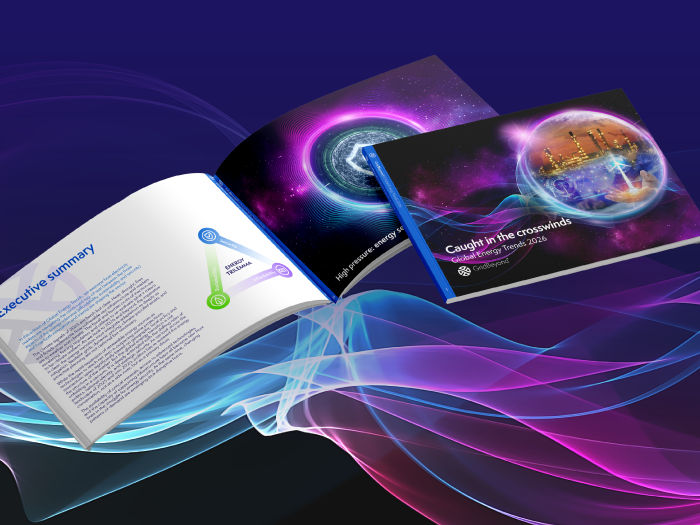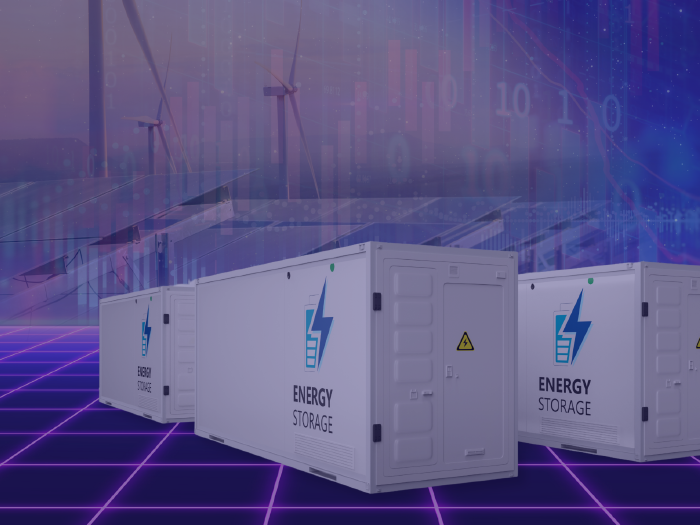News
better business decisions
Posted 5 years ago | 3 minute read

Why the shift to renewable? Three economic drivers
In 2018, there was a 4% rise in global electricity demand, the largest yearly increase since 2010. Encouragingly, renewables met 45% of this increase.
This shift to renewables is not purely down to environmental factors, although they are crucial. As well as a drive to decarbonise, the market is increasingly decentralised and there is widespread digital transformation across the industry. These are known as the three Ds driving the energy transition.
Historically, one of the biggest drawbacks of renewable energy was the generation cost. Now the required manufacturing spend of renewable energy has come down significantly. What’s more, the technology that manages the intermittency of renewable energy production has vastly improved.
Here are three reasons why the shift to renewables is more financially viable than in the past:
Wind and solar power are getting cheaper
According to Forbes, renewables will soon dominate energy markets because of their economics, even without the support of policy.
Bloomberg New Energy Finance (BNEF) has published research on the cost of electricity production across the globe. According to BNEF the cost per hour (in USD) of:
- Onshore wind has dropped from $85 to $83 globally
- Offshore wind has dropped from $176 to $174
- Solar has dropped from $129 to $122
By 2020, renewables are expected to be cheaper than fossil fuels in every major region of the world, according to the International Renewable Energy Agency.
“We’re now reaching a point at which renewable energy is becoming cheaper than burning fossil fuels. In many countries across the globe this crossover has already occurred.”
Wayne Muncaster, Managing Director at GridBeyond
Traditional energy is becoming more expensive
Demand for coal, gas and oil is stalling because the cost of renewables and battery storage is falling sharply.
So, whilst costs are coming down for renewables, the price of producing energy using traditional fuels is increasing. As more wind and solar get added to the energy market, fossil units get ramped more and used less, driving up their per unit cost.
According to the same BNEF research:
- Coal has jumped from $82 to $105 in Europe and climbed from $66 to $75 in the Americas and from $68 to $73 in Asia-Pacific
- Combined natural gas plants have increased from $103 to $118 in EMEA and also reached $82 in the Americas and $93 in the Asia-Pacific
Emerging markets are not only driving growth in energy demand, they are actively choosing renewables over fossil fuels. With less fossil fuel legacy infrastructure, the shift to carbon-free energy is a more appealing prospect for these regions.
The IEA predicts that 27% of energy-demand growth in the next 25 years will come from India, and 19% will come from China.
Advanced technology reduces risk
As well as improved costs of renewable resources, the energy market is increasingly decentralised. This has lead to a need for advanced tech to manage the relationships between a vast number of widely distributed generators. Without this technology, the price of producing renewable energy would be a moot point.
As renewables are far more intermittent than fossil fuels, there are natural peaks and flows in energy distribution. This risk is incredibly problematic without the aid of balancing technologies. Now, thanks to technology like Demand Response which manages the effect of this intermittency by controlling demand, renewables are a viable energy source.
Advanced technological platforms, powered by AI and machine learning, enable users to fully control their energy and manage risk by predicting and preventing system failures. By gathering data, GridBeyond’s intelligent platform connects energy intensive assets and automatically adjusts power consumption in real-time to balance energy—all with zero impact to operations.








